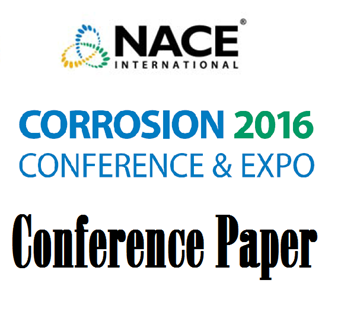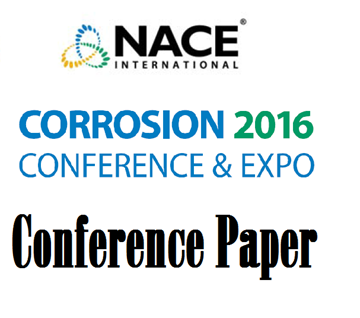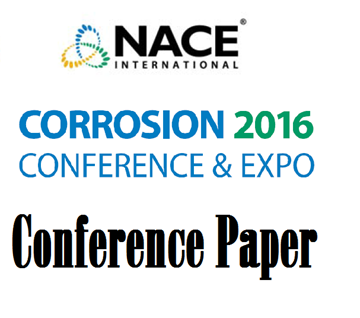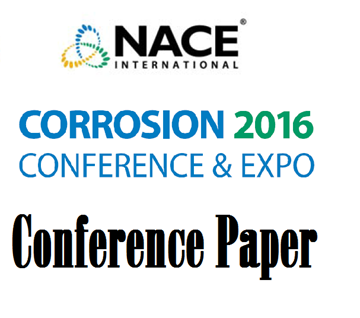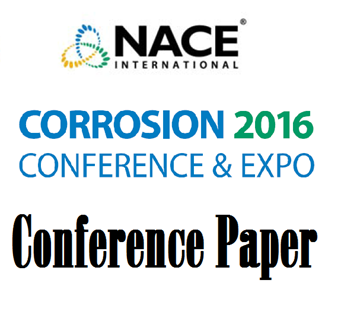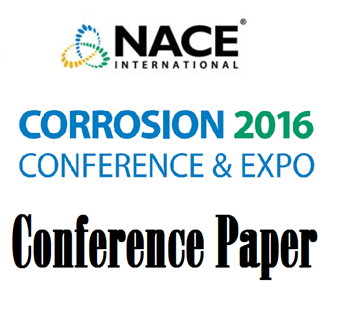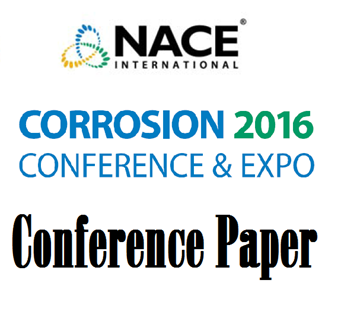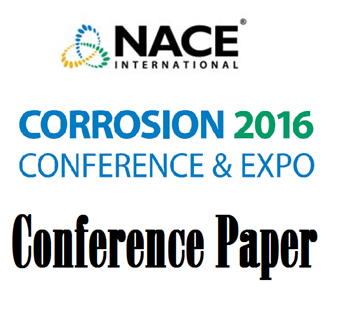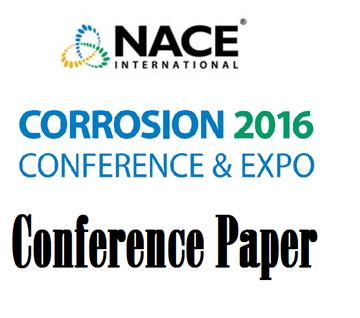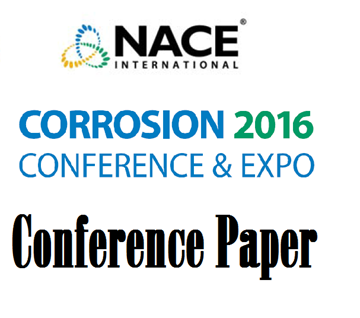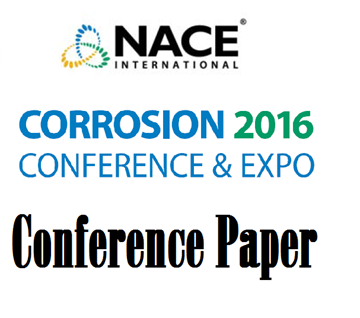Search
Oil and Gas Production
View as
Sort by
Display
per page
51316-7115-Risk Assessment And Downhole Chemical Treatment Program For Production Wells Within The Wafra Field
Product Number:
51316-7115-SG
ISBN:
7115 2016 CP
Publication Date:
2016
$20.00
51316-7157-The Effect of Medium Density Clear Brine Fluids upon the Environmental Cracking Behavior of High Strength Alloy UNS S42028
Product Number:
51316-7157-SG
ISBN:
7157 2016 CP
Publication Date:
2016
$20.00
51316-7165-Investigation of Under Deposit Corrosion (UDC) in Halfdan Production Tubulars
Product Number:
51316-7165-SG
ISBN:
7165 2016 CP
Publication Date:
2016
$20.00
51316-7184-Corrosivity of Produced and Make-up Water in Oil Sands Thermal Water Treatment Systems
Product Number:
51316-7184-SG
ISBN:
7184 2016 CP
Publication Date:
2016
$20.00
51316-7187-Amine Corrosion in Gas Sweetening Plant: Causes and Minimization on Real Case Study
Product Number:
51316-7187-SG
ISBN:
7187 2016 CP
Publication Date:
2016
$20.00
51316-7202-Single versus Multiple Injection Points for REAC Wash Water Systems
Product Number:
51316-7202-SG
ISBN:
7202 2016 CP
Publication Date:
2016
$20.00
51316-7250-Sour Localized Pitting Corrosion Model of Carbon Steel: A Status Update
Product Number:
51316-7250-SG
ISBN:
7250 2016 CP
Publication Date:
2016
$20.00
51316-7263-CaCO3 Scale Risk Assessment - Thermodynamics vs Kinetics
Product Number:
51316-7263-SG
ISBN:
7263 2016 CP
Publication Date:
2016
$20.00
51316-7290-Assessment of Formation Damage Potential of Corrosion Inhibitor Squeeze Applications
Product Number:
51316-7290-SG
ISBN:
7290 2016 CP
Publication Date:
2016
$20.00
51316-7298-Application of Non-Metallic Materials in Oil Sands Operations
Product Number:
51316-7298-SG
ISBN:
7298 2016 CP
Publication Date:
2016
$20.00
51316-7302-Mechanism of High Temperature Corrosion by Model Naphthenic Acids
Product Number:
51316-7302-SG
ISBN:
7302 2016 CP
Publication Date:
2016
$20.00
51316-7308-Effect of Tungsten on Pitting and Crevice Corrosion of Type 25Cr Super Duplex Stainless Steel
Product Number:
51316-7308-SG
ISBN:
7308 2016 CP
Publication Date:
2016
$20.00

